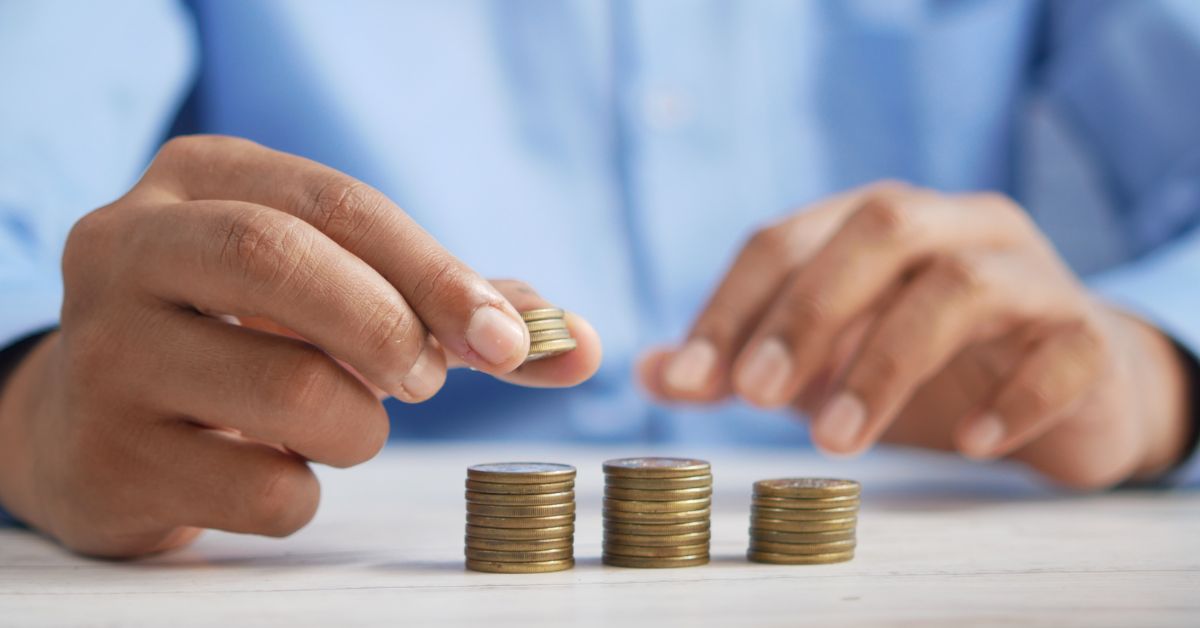By: Mike Crooks
The federal government has handed down its final budget ahead of the election.
And while it comes with a multi-billion dollar deficit, there is some good news, including a surprise tax cut.
It also delivers further relief for those affected by Ex-Tropical Cyclone Alfred.
“We’re delivering energy bill relief to every household, even cheaper medicines, historic investments in Medicare, higher wages and a fairer go for consumers,” said Treasurer Jim Chalmers as he handed down the budget last night.
On the back of this budget, the country will head into deficit (which means the government’s spending is greater than its income).
For this budget, the deficit will be $27.6 billion.
Here’s a guide to the best the budget has to offer for everyday Australians.
Easing the squeeze
Taxes are coming down (a little).
From July 1 next year, the 16 per cent tax rate (which applies to income between $18,201 and $45,000) will be reduced to 15 per cent (that’s worth $268).
And from July 1 in 2027, it will drop further to 14 per cent (bringing the total to $536).
“The Government’s new tax cuts will put more money in people’s pockets,” said the government in a statement.
In further cost-of-living relief, the Government has increased the Medicare levy “low‑income thresholds” by 4.7 per cent for singles, families, and seniors and pensioners.
While many have welcomed the tax cut, some have criticised the amount. Opposition treasury spokesperson Angus Taylor told the ABC’s 7:30 that a Liberal government would not support the cut.
“They are not a genuine tax cut,” he said. “70 cents a day, in a year’s time, when for a typical Australian family with a mortgage they are paying an extra $50,000 over and above what they expected.”
Energy
The government will provide every household and around one million small businesses $150 worth of energy rebates.
Households and businesses will receive two $75 rebates directly off their electricity bills through to the end of the calendar year.
“This is in addition to the $300 going to households in energy bill relief in 2024–25,” the government reported.
Health
The government had pledged $8.5 billion to making Medicare a better and fairer system for all Australians.
The Labor government claims the amount is “the single largest investment in Medicare since its inception more than four decades ago”.
The money will go towards making nine out of 10 GP visits free by 2030.
It will also fund 400 nursing scholarships and go toward training 2000 new GPs per year by 2028.
The government is also spending more than $600 million to fund five new “urgent care” clinics.
The clinics will be bulk-billed GP services and be within reasonable range to 80 per cent of Australians.
Further, treasurer Chalmers has pledged $689 million over four years to reduce the cost of four out of five medications on the Pharmaceutical Benefits Scheme (PBS).
The medications will cost a maximum of $25 (down from $31.60).
(Pensioners will continue to pay $7.70 for PBS medicines.)
The government is also committing $573 million on women’s health treatments (reproductive health and menopause).
Education
In a move that will please many university graduates, the government will reduce all outstanding Higher Education Loan Program (HELP) and other student debts by 20 per cent.
The change will mean a graduate with an average debt of $27,600 would have approximately $5,520 wiped off their loan.
Treasurer Chalmers also reported that the government will increase the amount that people can earn before they must start paying back their student loans.
It will increase from $54,435 (in 2024–25) to $67,000 in 2025–26.
“These changes will deliver immediate cost‑of‑living relief for millions of Australians with student loan debts,” the government said.
Housing
To combat Australia’s ongoing housing crisis, the government has set a national target of providing 1.2 million new, “well‑located” homes over five years.
The National Housing Accord is “bringing together all levels of government, industry and investors to unlock supply,” said a government statement.
The Albanese government’s existing Help to Buy scheme will also support Australians with lower deposits and smaller mortgages to buy a home.
And already in effect is a ban on foreign purchases of existing homes.
Funding for homelessness services will also be doubled to about $400 million per year.
Childcare
The Labor government has committed $427 million to ensure three days of subsidised childcare for families earning up to $530,000.
And the government also pledged to create a $1 billion fund to build childcare services throughout Australia, should it win the election.
After Alfred
In the wake of Cyclone Alfred, the government will provide a further $1.2 billion towards recovery for those affected by the disaster.
The government as already provisioned $11.6 billion to the recovery over the next four years.
The money will go to social security costs and recovery support.
“The plan at the core of this budget is about more than putting the worst behind us, it’s about seizing the best of what’s ahead of us,” Mr Chalmers said.
“To build a stronger economy together, and to build a future that we can all be proud of.”
For a detailed look at the budget, visit budget.gov.au.
Article supplied with thanks to Hope Media.
Feature image: Photo by Towfiqu barbhuiya on Unsplash
About the author: Michael Crooks is a senior journalist and former news editor of Who magazine. His work has appeared in People, Marie Claire, The Daily Telegraph, Herald Sun, news.com.au, Qantas magazine and more.

